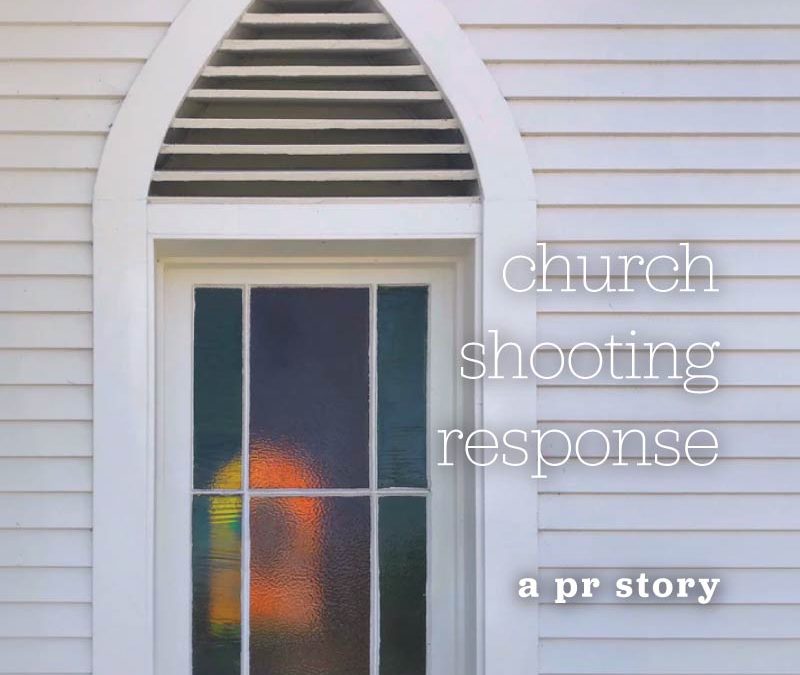A mass shooting took place at First Baptist Church in Sutherland Springs, Texas in 2017. Twenty-six people were murdered by a man who illegally possessed the guns he used to kill innocent churchgoers on a Sunday morning. The story brought heartache to people across the country and around the world. Many people took to social media to express their thoughts and condolences to those who were affected by the shooting. Along with this, people began questioning gun policies in the United States and whether they could have made a difference in this situation. One especially tone-deaf voice, however, was that of the National Rifle Association. Within hours of the story breaking, the NRA shared a post on Twitter linking to an article on gun terminology. Virtually everybody across the spectrum of opinion criticized the NRA for the tone-deaf timing of their tweet. In due course they deleted their post and stayed quiet on social media for several days before resuming regular content.
Many people felt that the organization should issue a formal apology for the tweet or a press release related to the shooting, but they stayed mostly quiet on the issue. Six months later the NRA released an ad, featuring the first person account of Stephen Willeford, who stopped the shooting by fatally injuring the shooter with his own legally obtained gun. Those who were already within their target audience responded exceptionally well to the ad, which served as both an apology for their tactlessness, and as a compelling illustration of what the company represents. Those outside their target paid little notice and ignored it.
analysis
The video was tactful and heartfelt in how it discussed the events of that day. It was also a powerful way to represent the purposes of their organization, showing how somebody who legally possessed and was trained on how to use a gun was able to prevent further harm to countless individuals. To a degree it pacified those who took issue with their tweet, but the long span of time distanced the video from the tweet. The organization’s decision to stay quiet could have been seen as a sign of respect. But as a result of the ill-timed tweet, it comes across as though they stayed quiet because they didn’t want to draw attention to their mistake. It was a small blunder, probably due to social media scheduling software, but a short apology tweet would have gotten rid of a lot of negative attention and – depending on how it’s phrased – helped avoid further negative press.
The video was tactful and heartfelt in how it discussed the events of that day. It was great public relations for the company, because it showed that they were in touch and aware of what was going on. This story affected a lot of people, and they used the hero’s story to appeal to audiences across the spectrum. It was also a powerful way to represent the purposes of their organization, showing how somebody who legally possessed and was trained on how to use a gun was able to prevent further harm.

